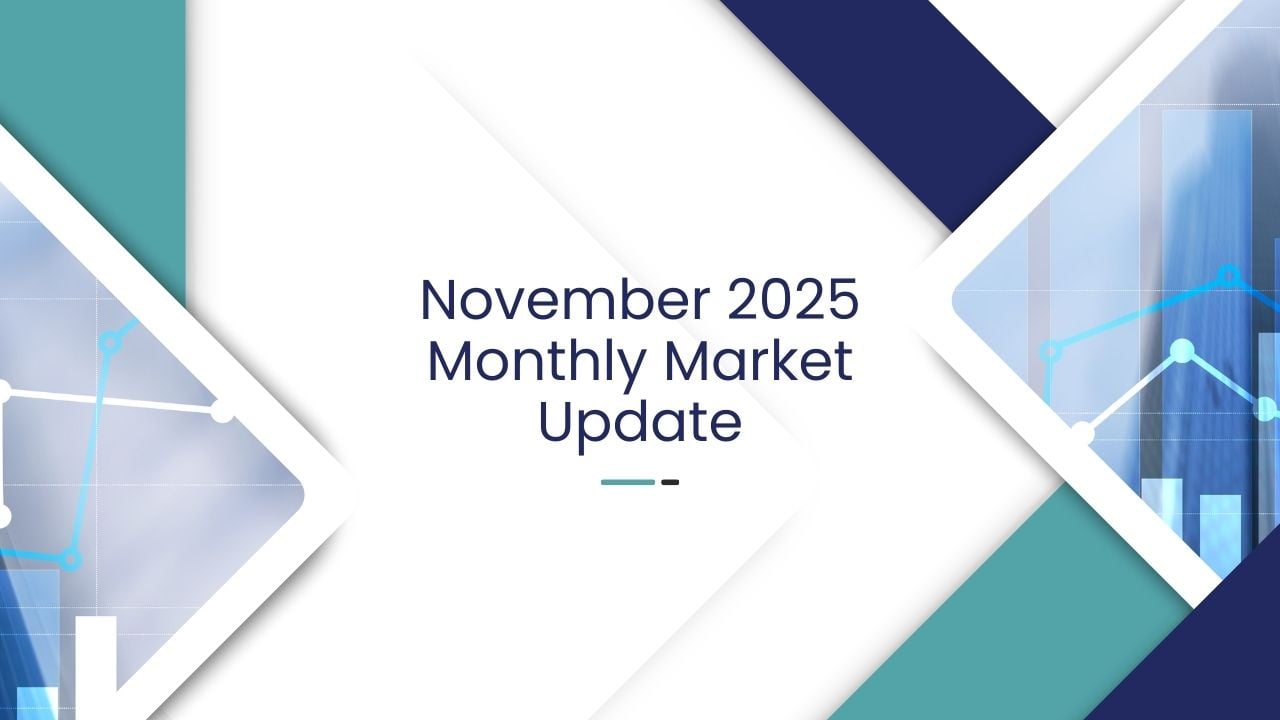“Existing-home sales totaled 5.64 million in 2020, up 5.6% from 2019 and the most since before the Great Recession.”
– National Association of Realtors
More homes were sold last year than in 2019, and the projections for 2021 are even stronger.

With the experts projecting such a strong market this year, we want to take a look at the home price forecasts.

The average of the expert’s home price forecasts is about 5%, compared to about 3.8% historically. Price will always be a factor of supply and demand. There is limited supply and increased demand.

Interest rates are also a hot topic these days. It looks like we’re going to be in a good rate environment in 2021 – most likely in the low threes. Affordability will likely be eaten into as rates rise and as prices rise.
“Rising interest rates reduce house-buying power and affordability, but are often a sign of a strong economy, which increases home buyer demand. By any historic standard, today’s mortgage rates remain historically low and will continue to boost house-buying power and keep purchase demand robust.”– Mark Fleming, Chief Economist at First American
We are likely to see a rise in rates in the coming months. Historically speaking, a rising rate environment is signaling a better and improving economy. The gift of an economic slowdown is that we see the federal government working to help lower home loan rates in an effort to spur the economy forward.
 “Some people will feel comfortable listing their home during the first half of 2021. Others will want to wait until the vaccines are widely distributed. This suggests more inventory will be for sale in late 2021 and into the spring selling season in 2022.”
“Some people will feel comfortable listing their home during the first half of 2021. Others will want to wait until the vaccines are widely distributed. This suggests more inventory will be for sale in late 2021 and into the spring selling season in 2022.”– Ali Wolf, Chief Economist at Zonda

As of December, we had 1.9 months of active inventory across the country. To put this into perspective, last December we had 3.6 months of inventory across the country. Even then, we were in a market that was inventory deprived. The struggles of 2020 redefined “home” for a lot of people. Certainly, low interest rates drove demand, but a lot of people said we need something “different” in a home. The needs that we have for our families, for us individually, have changed.
“Total housing inventory at the end of totaled 1.07 million units, down 6.4% from November. And down 23% from a year ago.”– National Association of Realtors
Unsold inventory sits at an all-time low of 1.9-month supply at the current sales pace. This is down from 2.3 months in November, and down from the three-month figure recorded in December 2019. NAR first began tracking this in 1982, so we’re at the lowest point of active inventory since 1982. To put real numbers to this, there are about 320,000 less homes on the market today than there were at this time a year ago. Homes are being sold as quick as they come to market. The health of the market is going to depend on how quickly homes come onto the market.

Some very interesting information came out from NAR’s Real Estate Forecast Summit. In 2019, about 6% of the population was working from home. That shoots up to about 21% in 2020, and is estimated at 18% in 2021 and 12% in 2022. People will continue to get clarity on what that means for them, if they will be working permanently from home or maybe some sort of hybrid schedule.
“New home sales activity, both mortgage applications and home sales, ran at a pace considerably ahead of 2019, showing the ongoing strong growth in housing demand, and new residential construction.”
– Joel Kan, MBA’s AVP of Economic and Industry Forecasting
When it comes to new construction, building permits are at a high. Inventory is coming.

There is a big question about what’s going on with forbearance. About 2.7 million people are in active forbearance right now. About 51.7% have made their monthly payments, or paid off their home (via refinance or selling). Then 33% worked out some form of repayment like a loan modification or deferral. Finally, 15.3% don’t have a loss mitigation plan and now are delinquent. These are the ones that might be at risk of foreclosure at some point. Will forbearance bring a rise in foreclosures? Sure, but it won’t be an overwhelming crisis.
“Given the huge price gains recently, I don’t think many homes will have to go into foreclosure. I think homes will be just sold and there will be cash left over from the sale or even in a distress situation.”– Lawrence Yun, Chief Economist at NAR
I wouldn’t expect a massive sale of distressed properties. Today’s strong equity is giving people options. This was not the case in 2008 – we’re in a very, very different situation today.

Affordability is driving demand. People can afford now what they couldn’t a year or two ago. Using NAR’s Housing Affordability Index, the higher the index, the more affordable a home is. Today we sit at 168.2. We’re more affordable today than in 2008 and prior.

So are we in a housing bubble? The percentage of income needed for a mortgage payment is at a historical low. That historic number is 21.2%, and today that sits at 14.9%. That’s the average percentage of income people have dedicated to their mortgage payment.

In addition, the typical mortgage payment for an individual (as adjusted by inflation) sits at $826 today. A better rate than any time except for January 2012. Today we’re more affordable going all back to 2000.
I want to point out that there is a difference between housing affordability and affordable housing. There are some areas where there is no affordable housing, but that is a very different issue than overall housing affordability. Once you include the equity benefit of price appreciation, owning made more financial sense than renting in 48 of the top 50 markets (with the only exceptions being San Francisco and San Jose, California). In other words, a $300,000 house that increases by 5% a year is $15,000 in equity wealth for that individual or family. 2020 not only redefined “home” for many people, but it redefined the financial benefits of owning a home.









